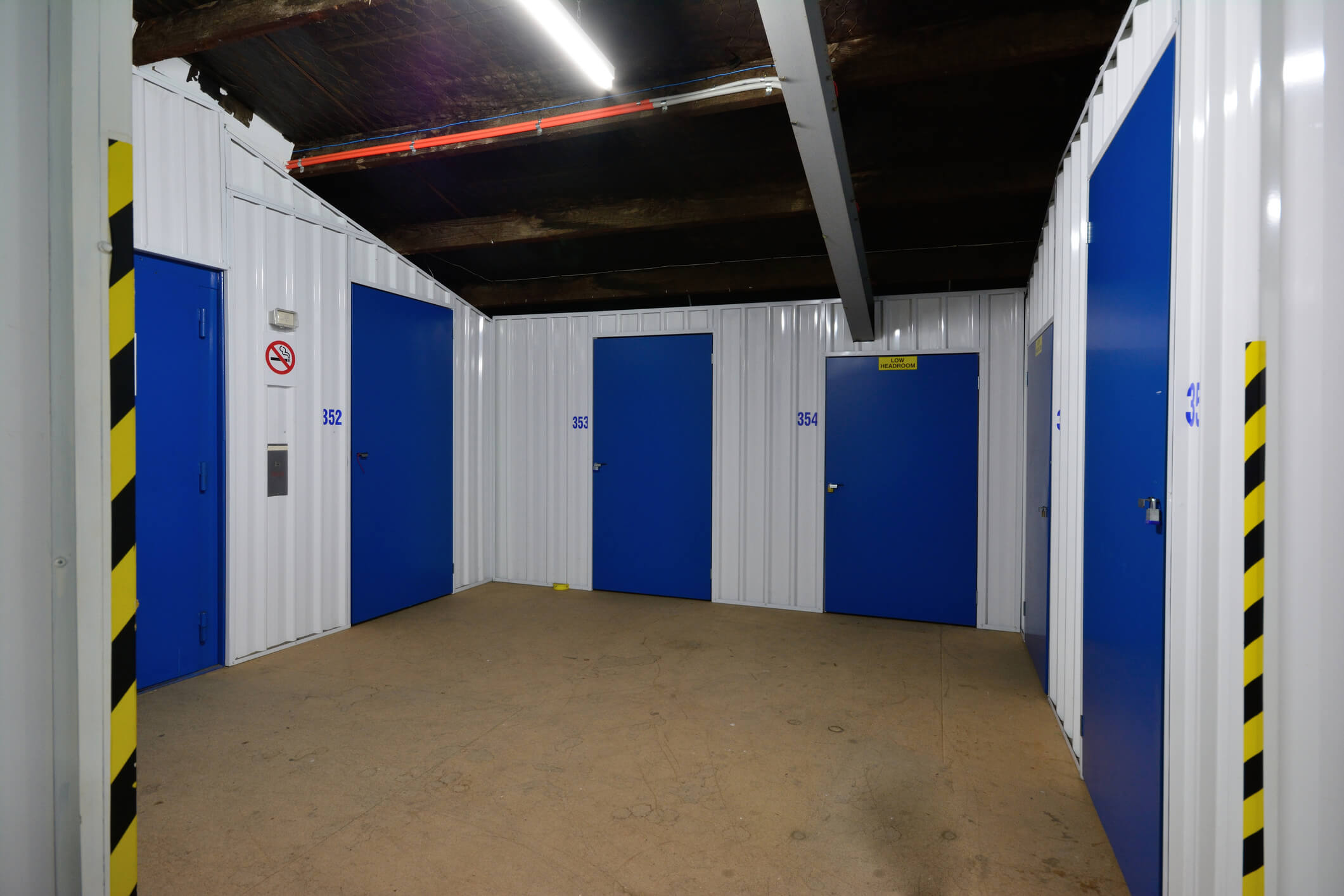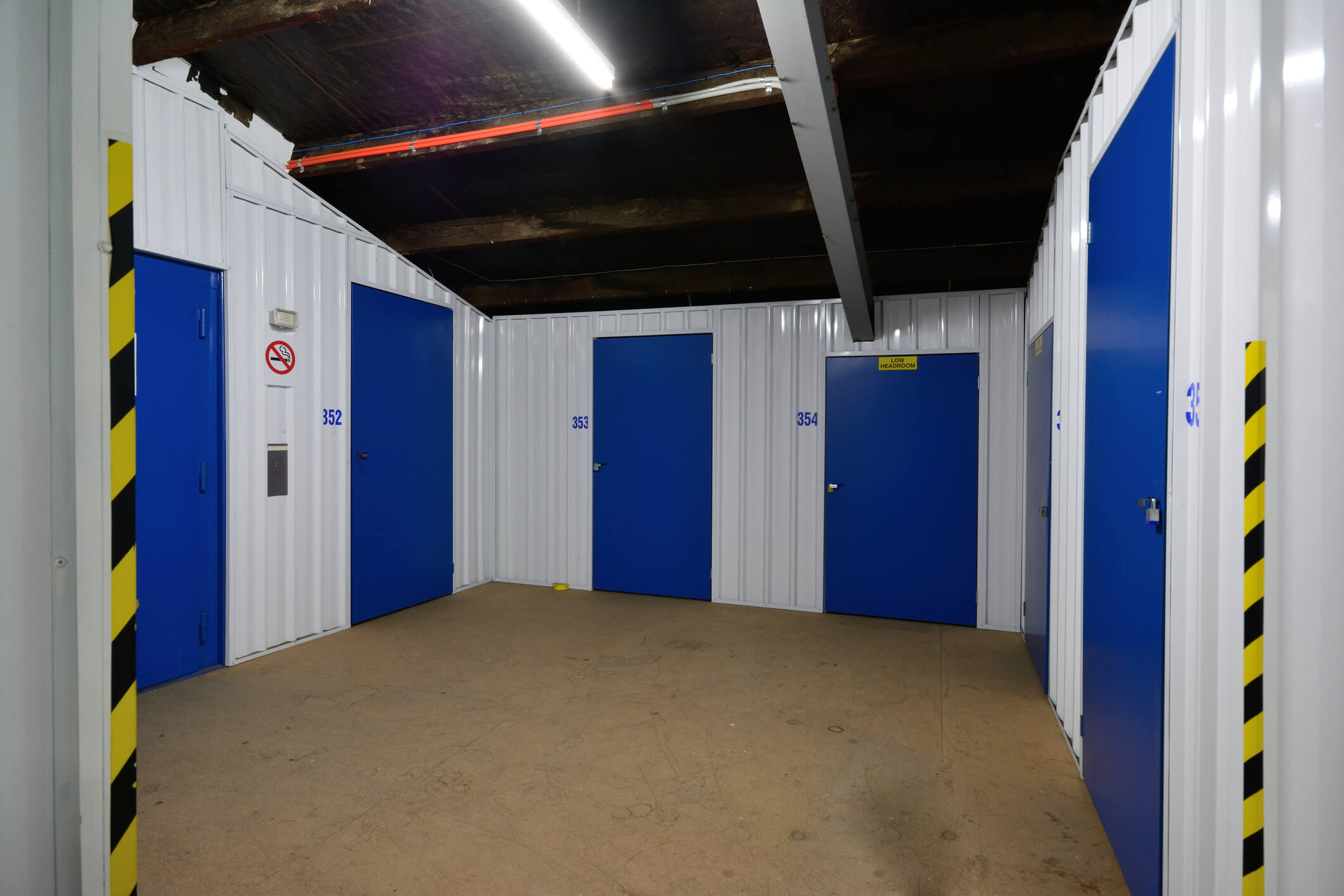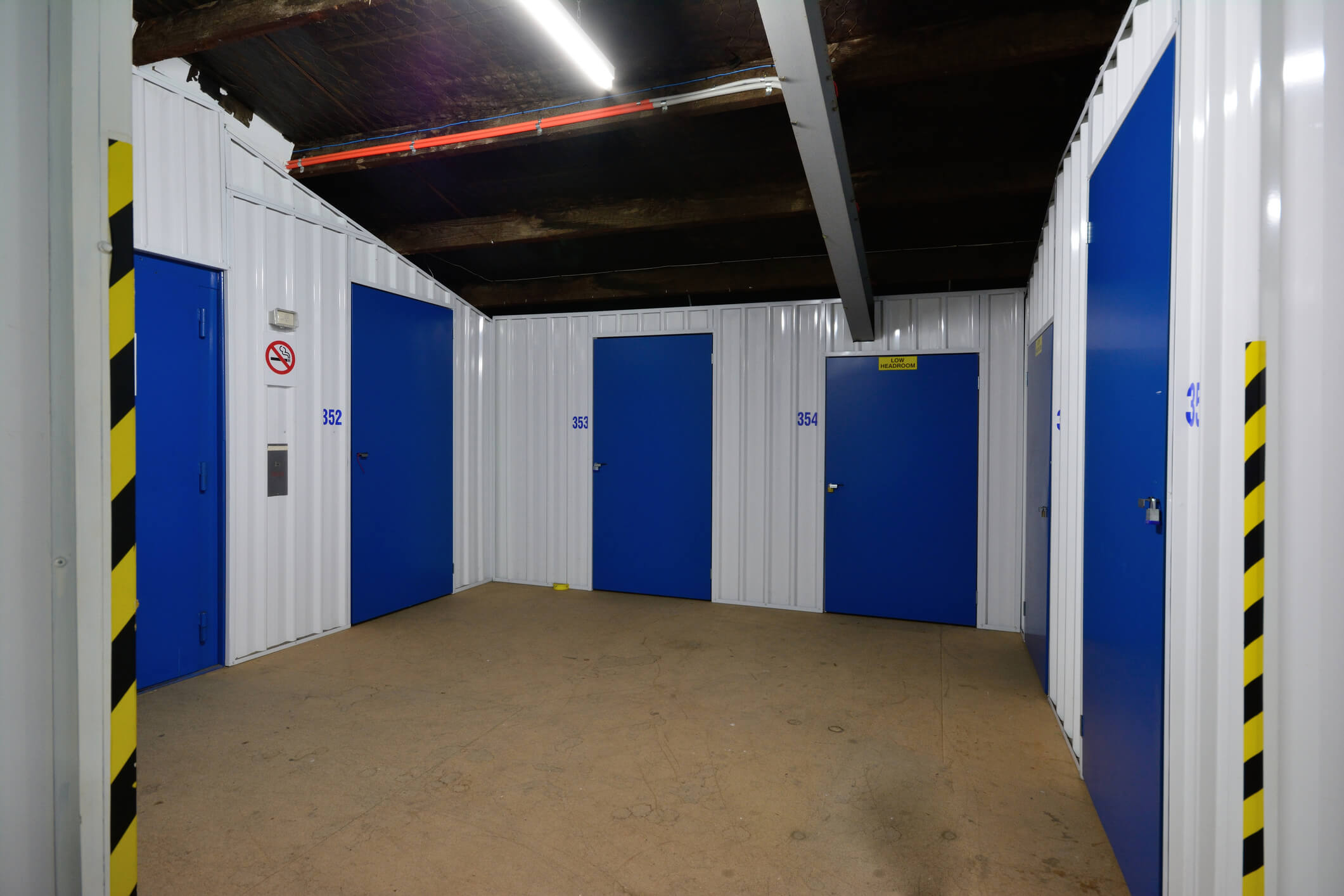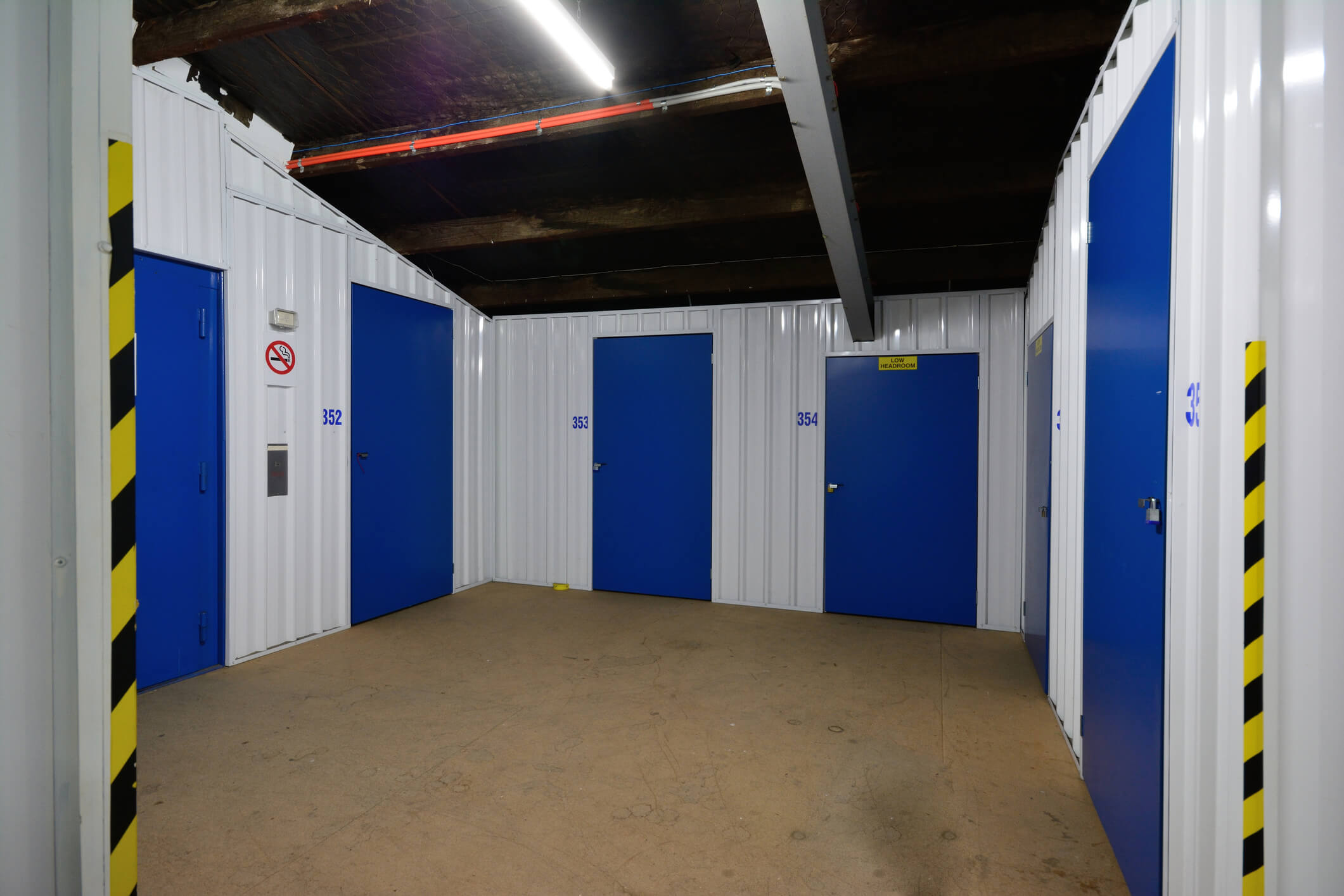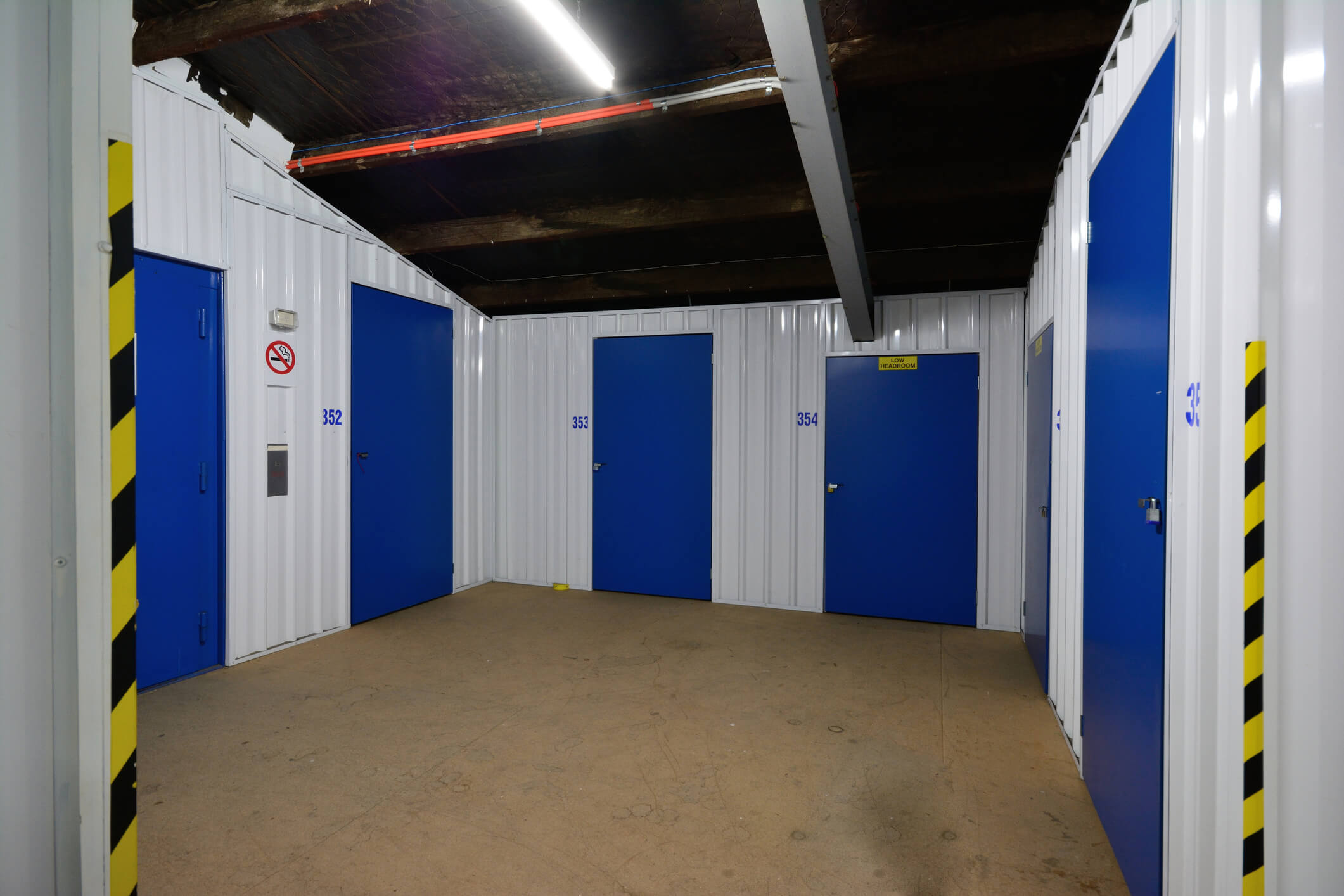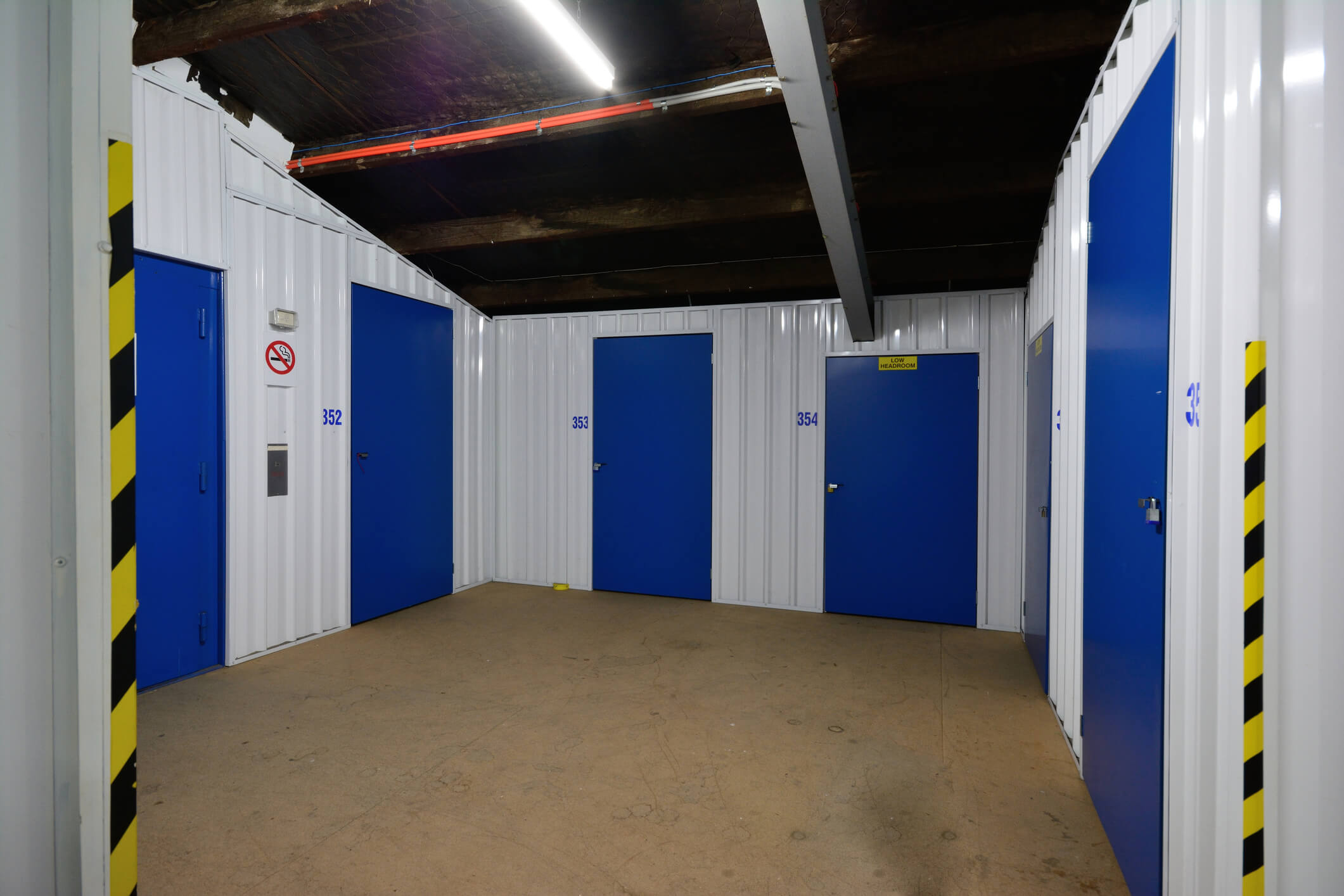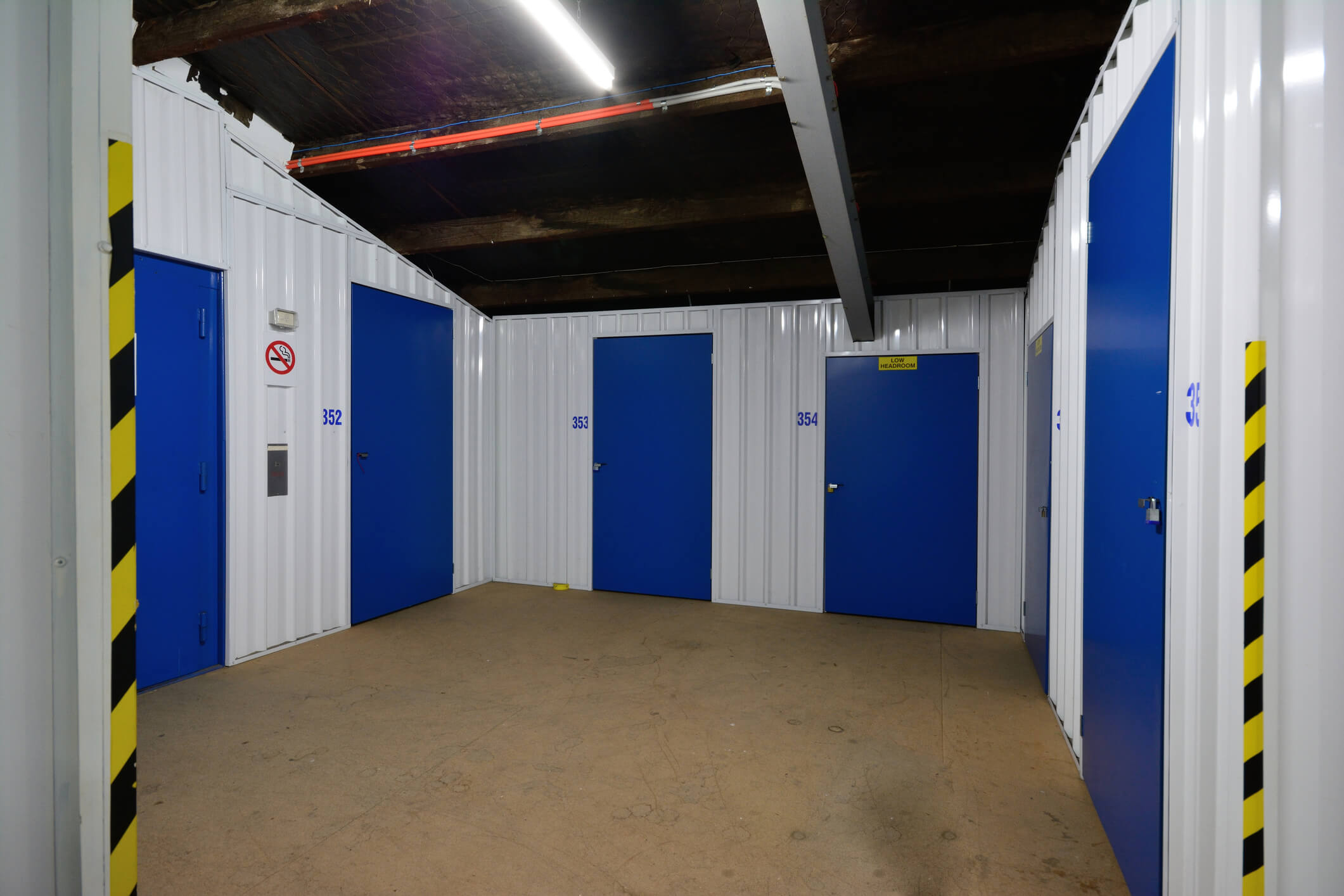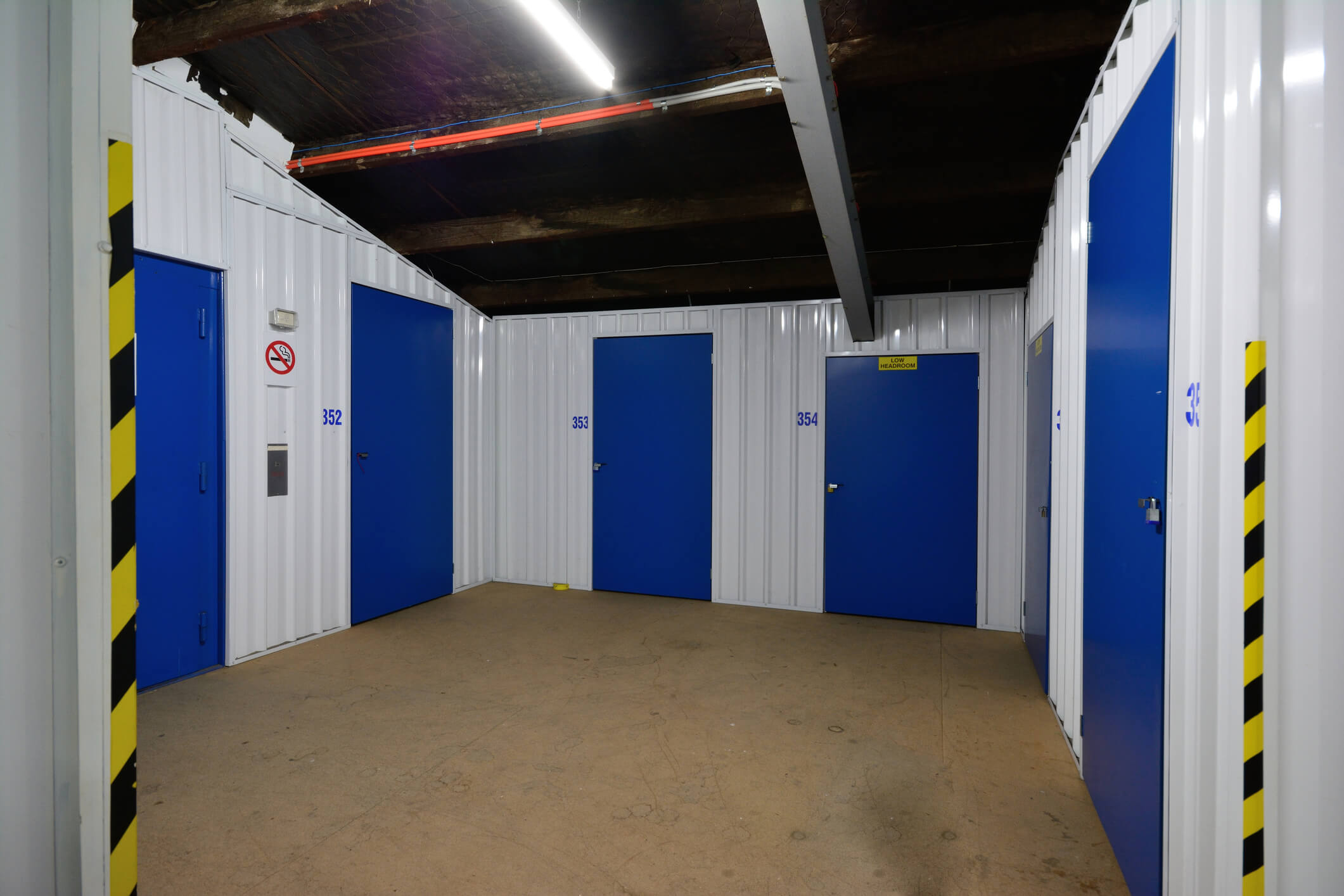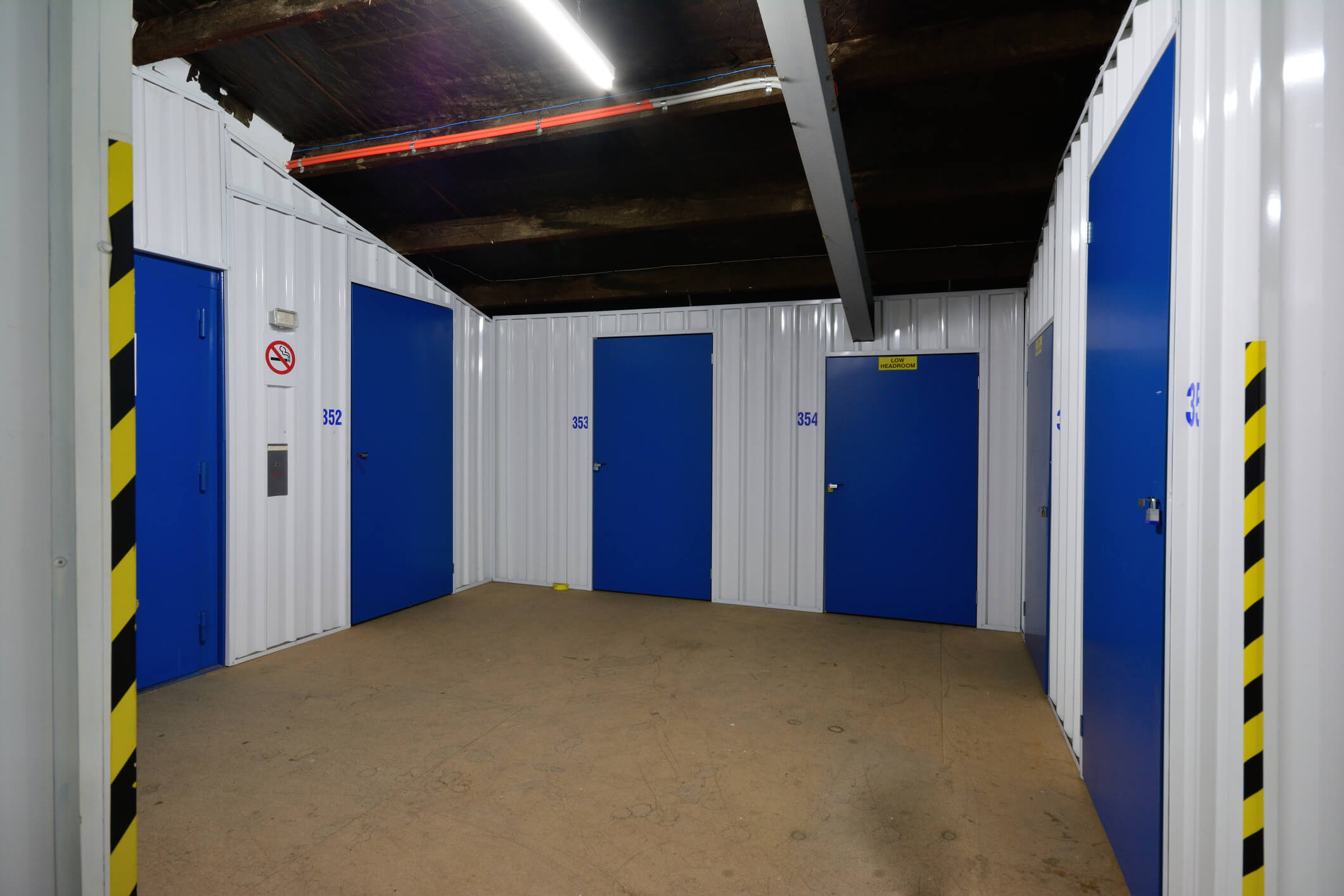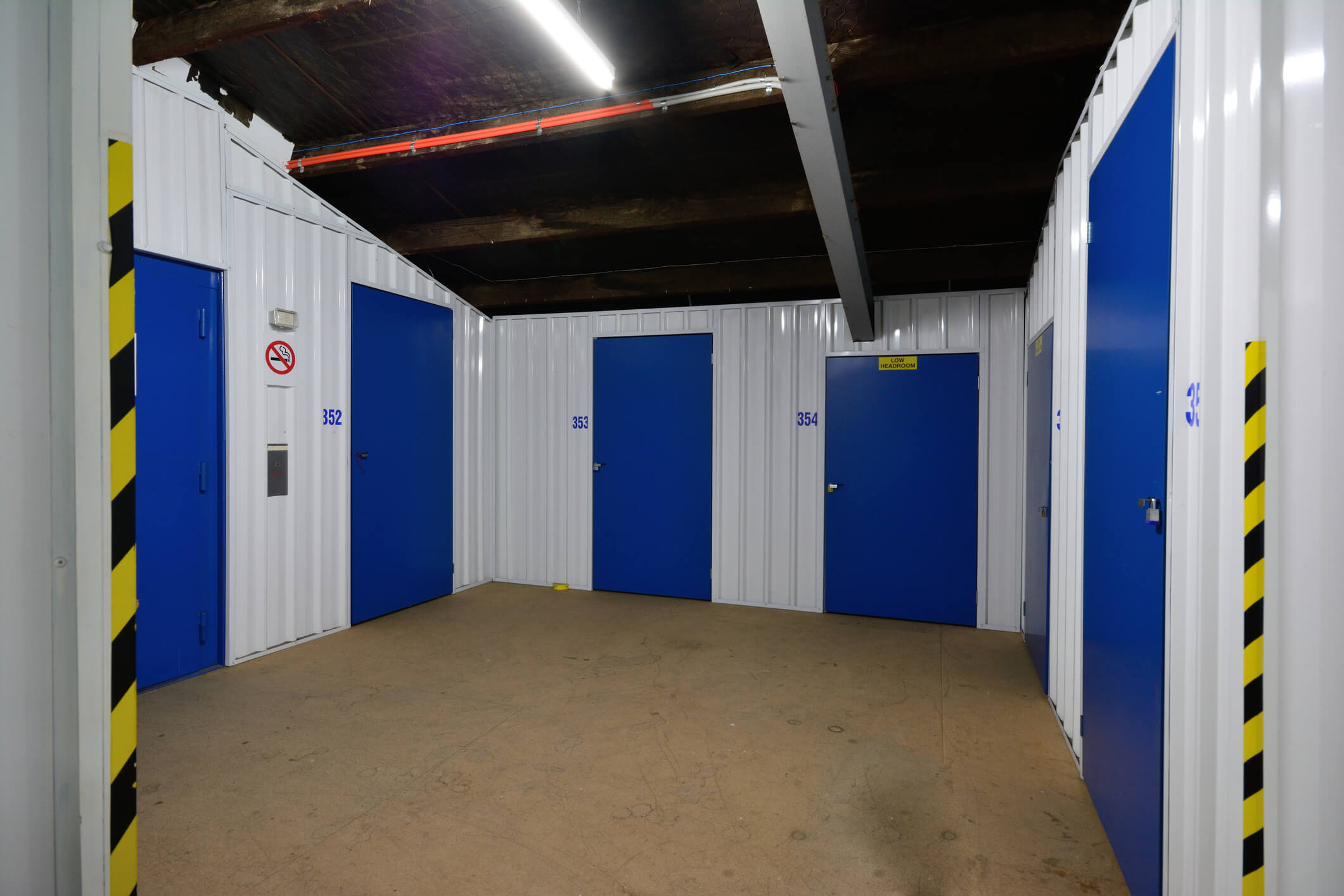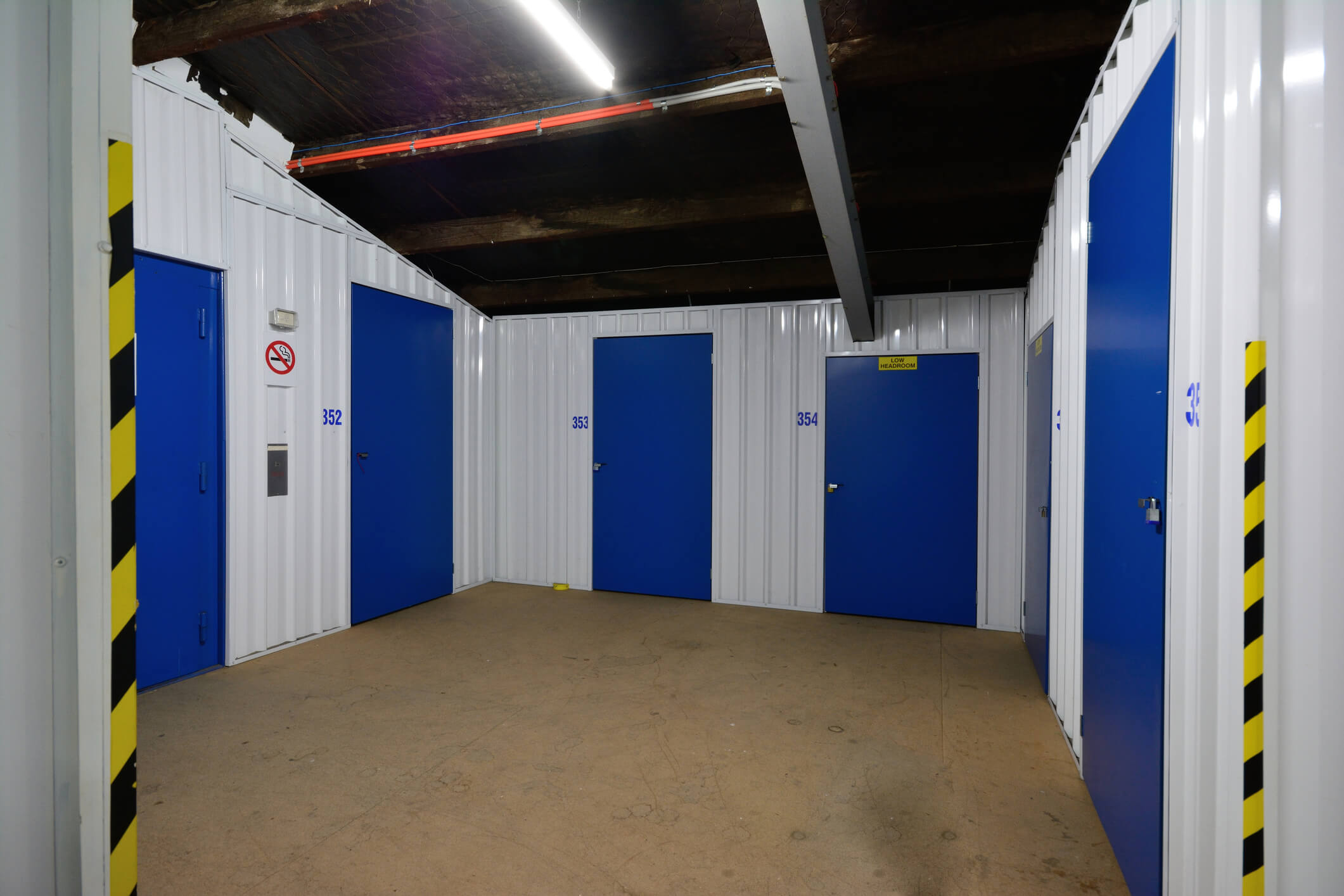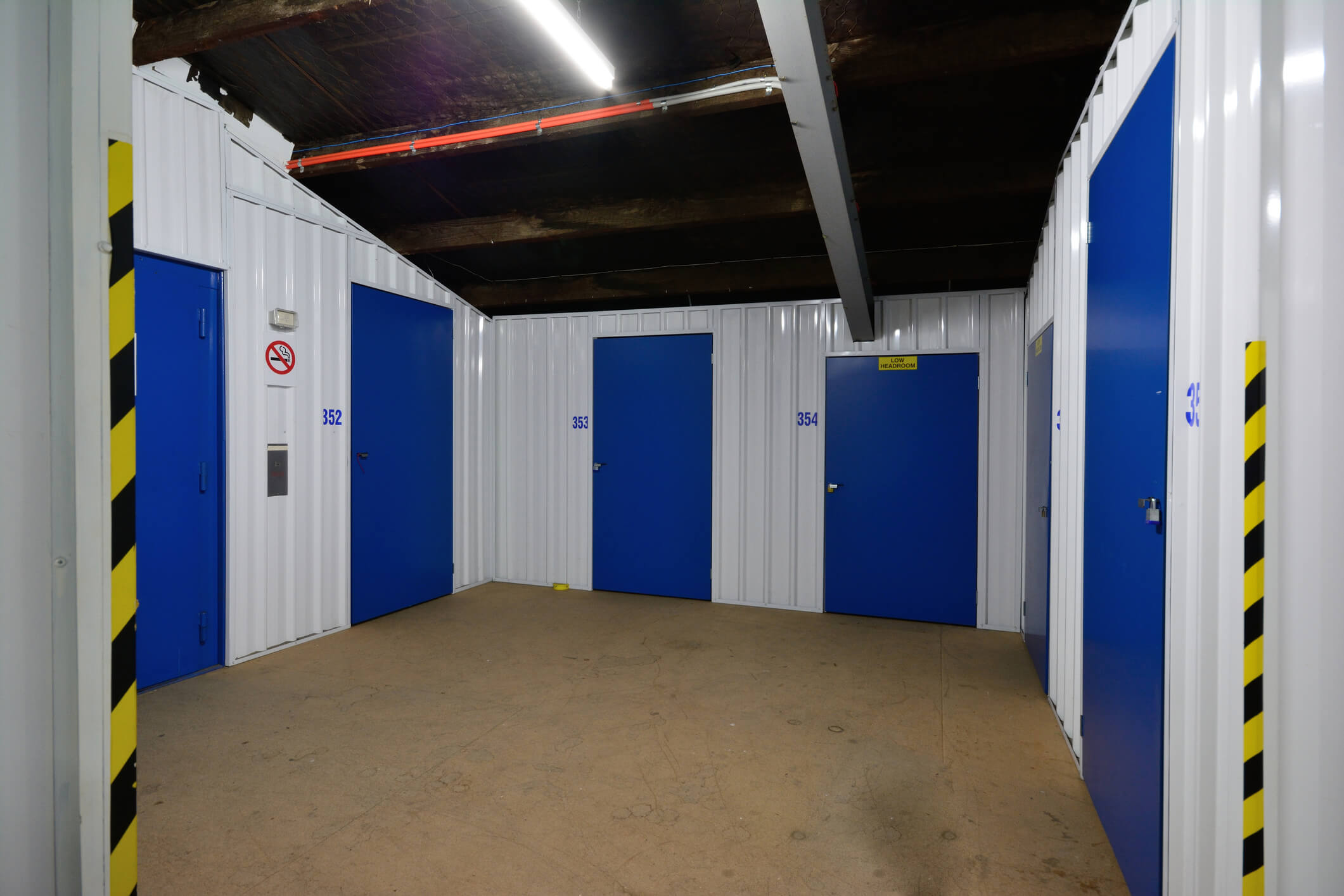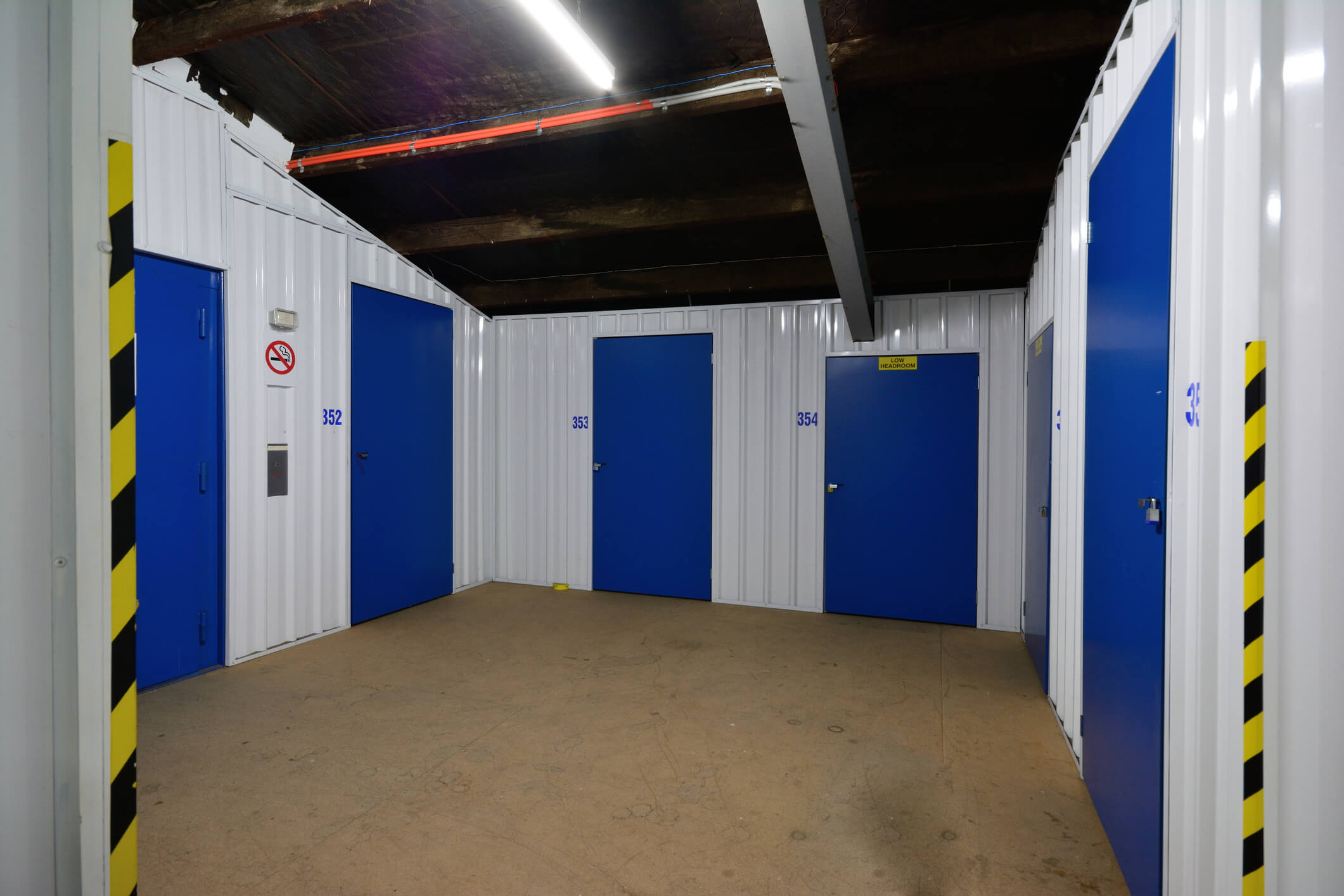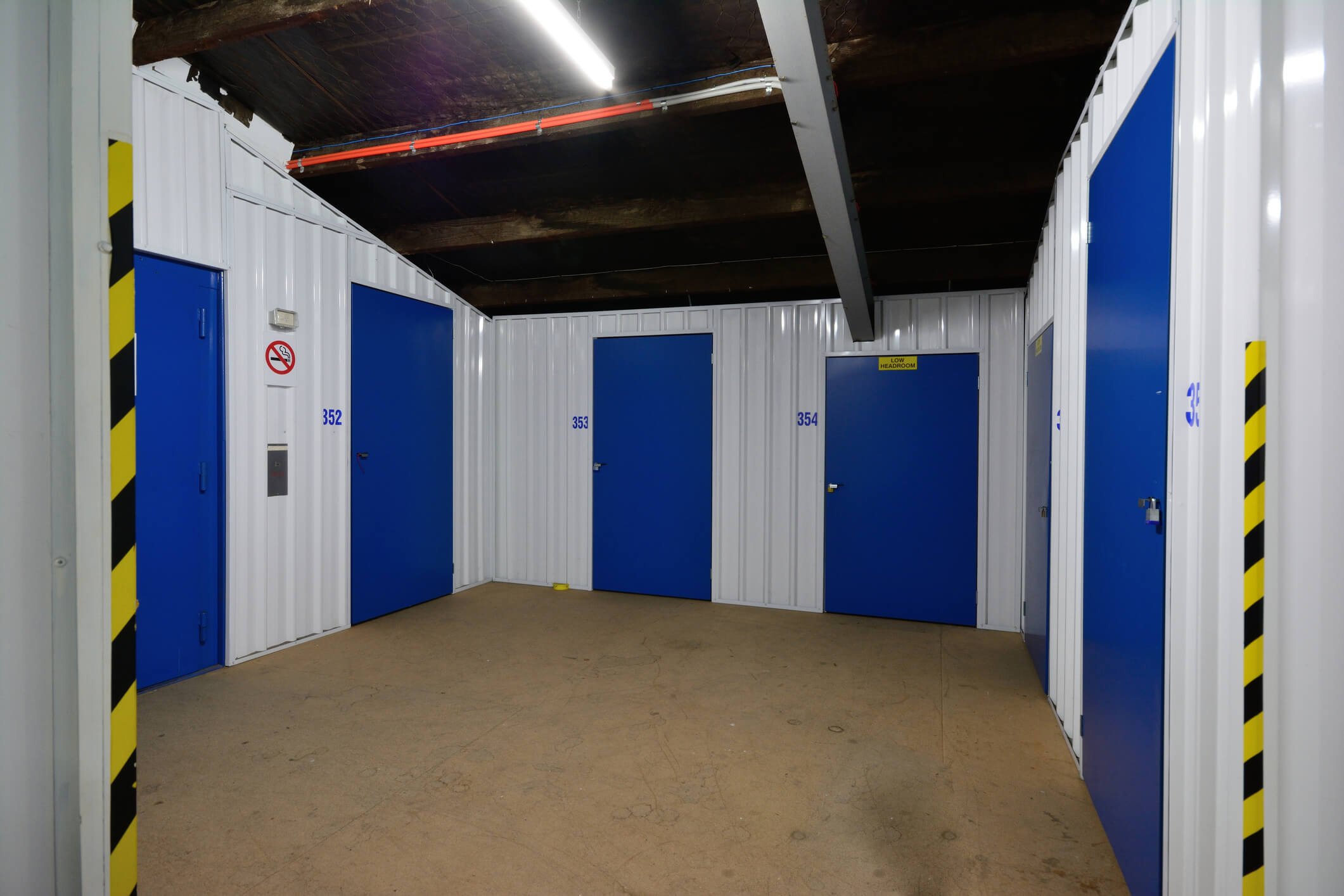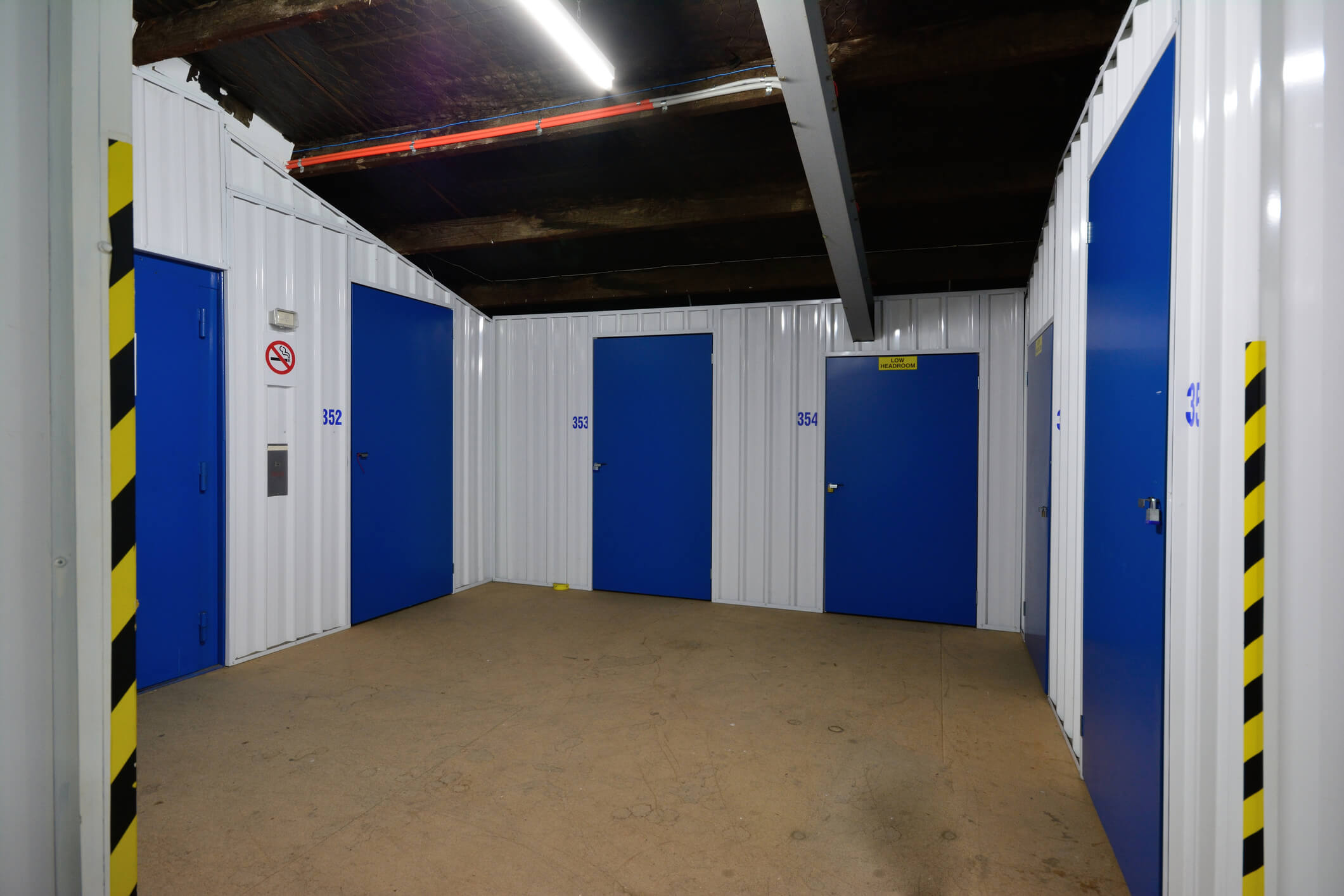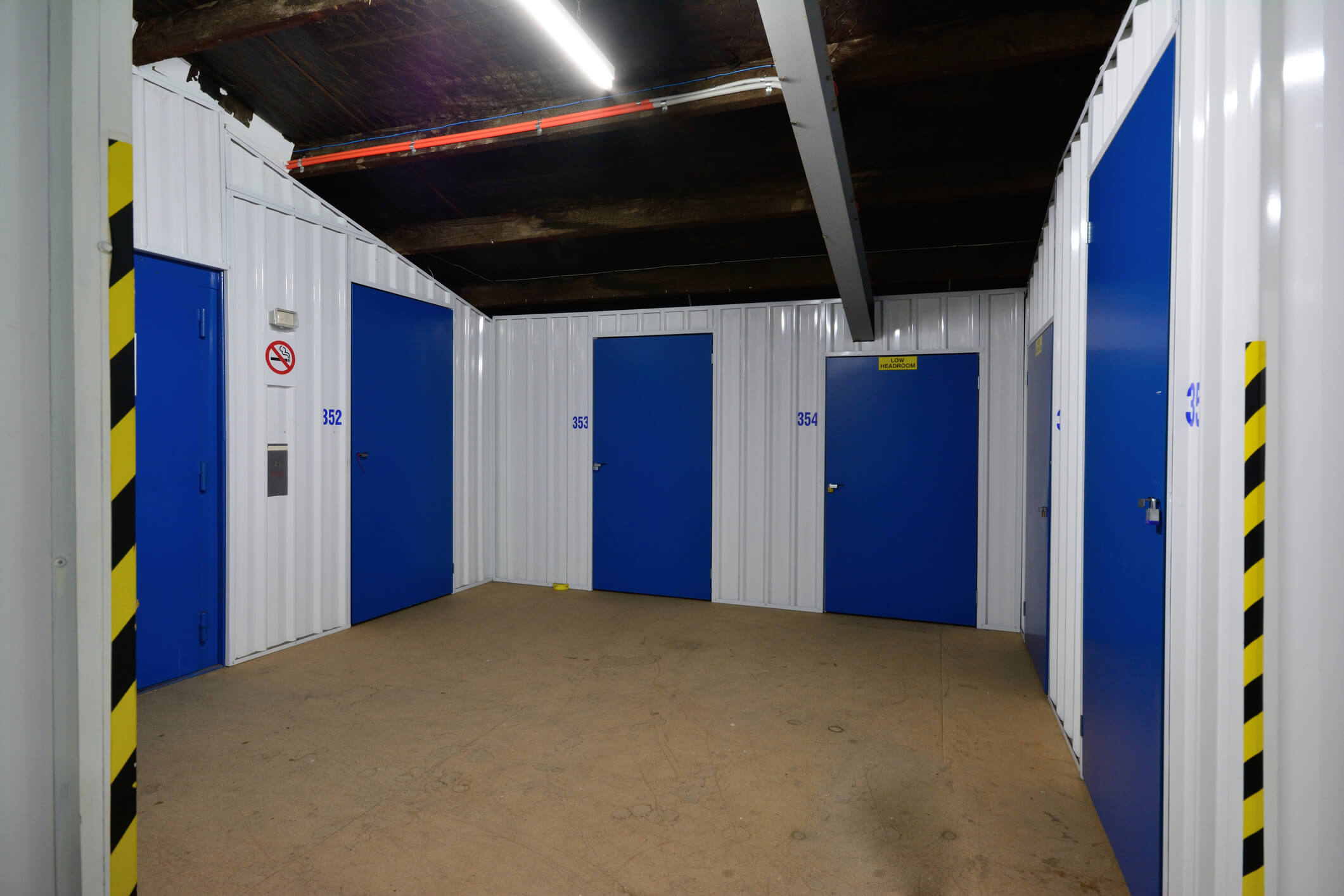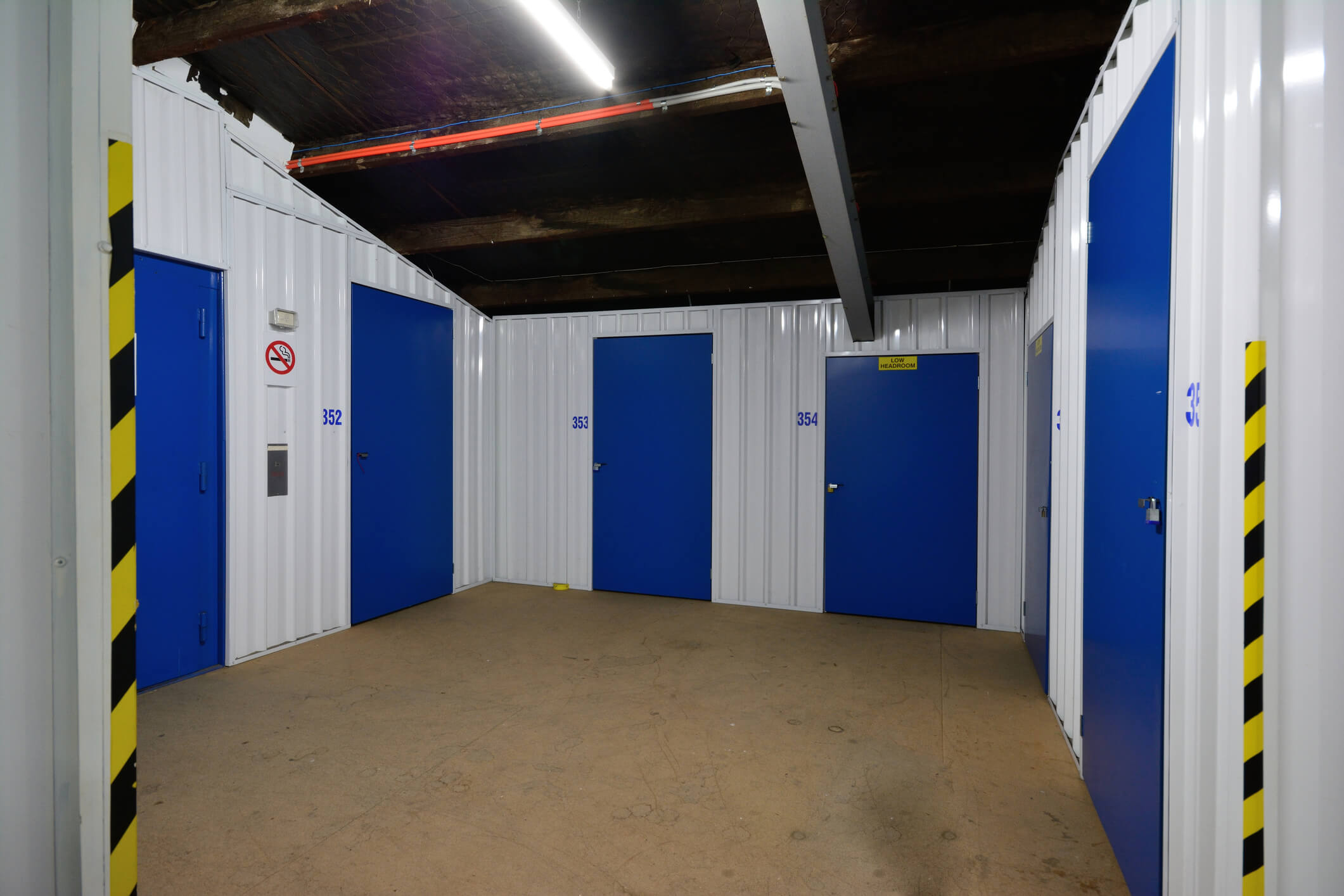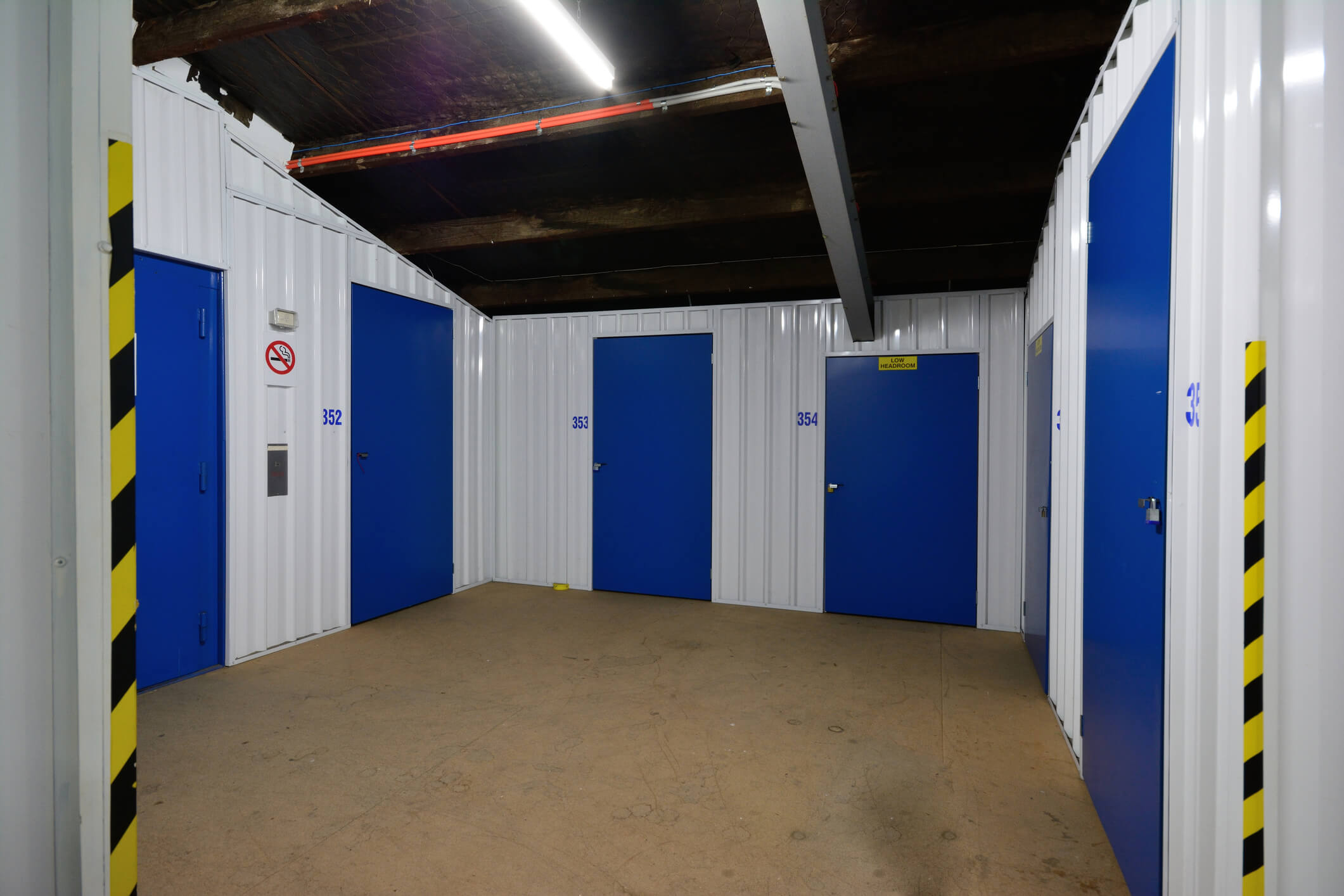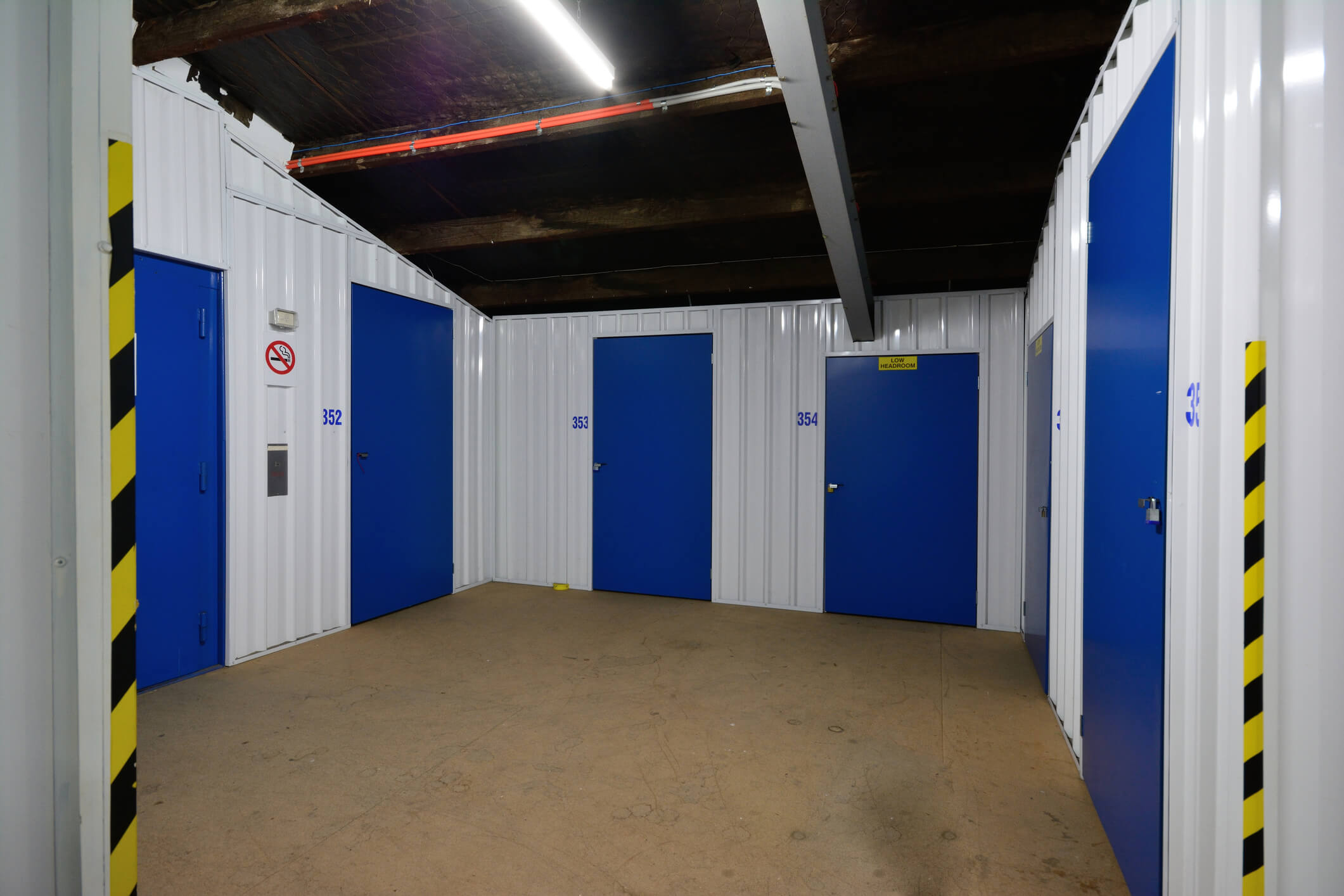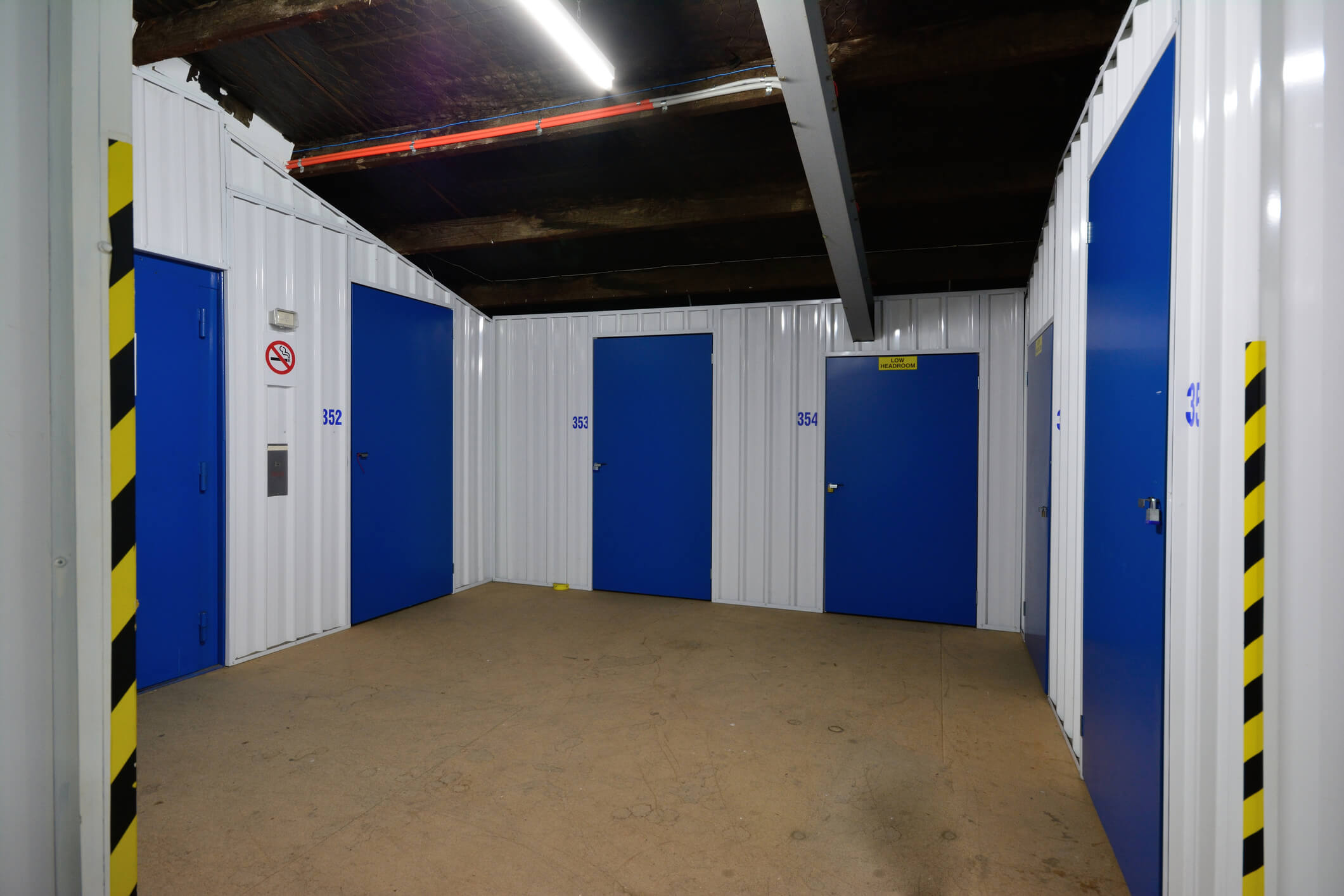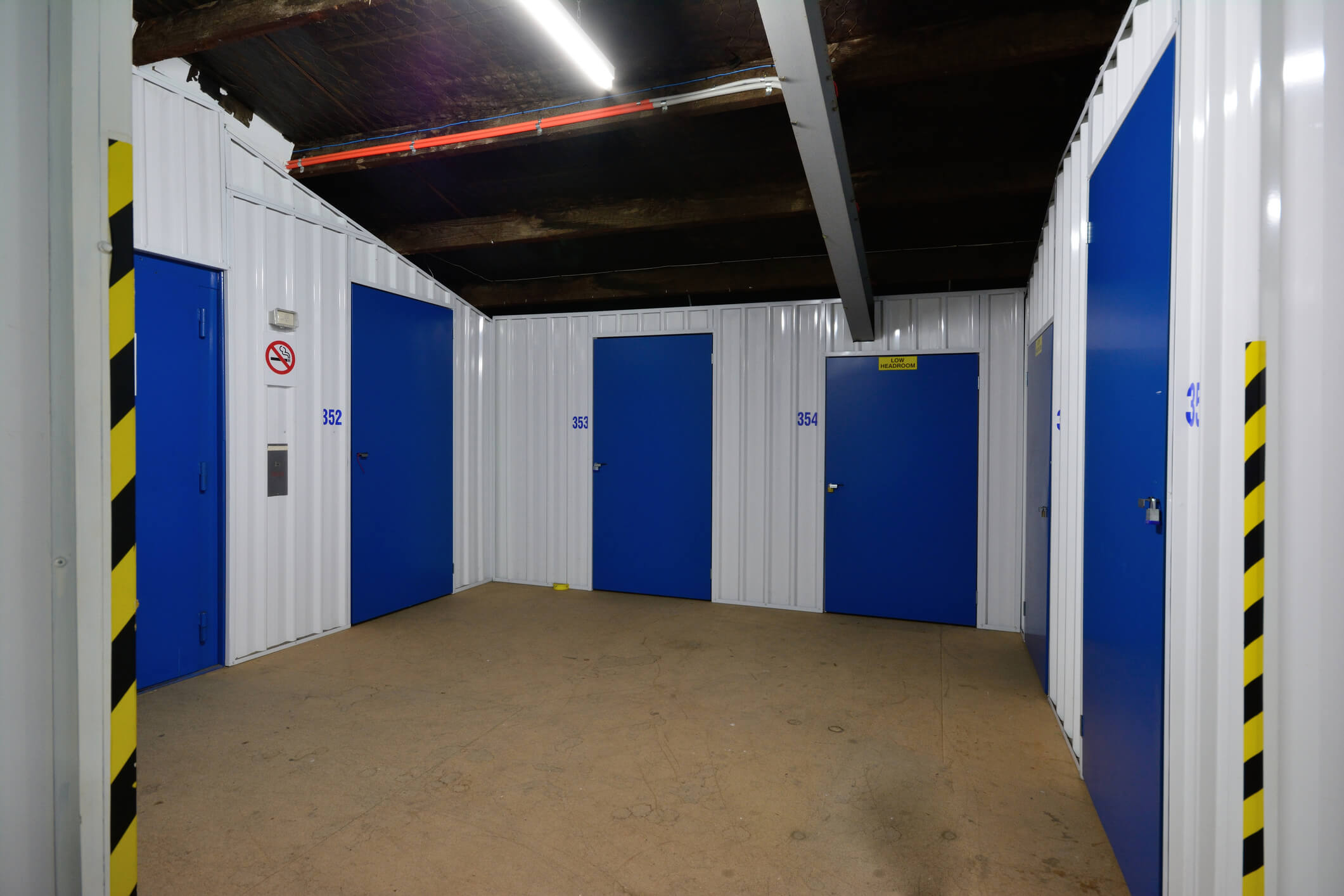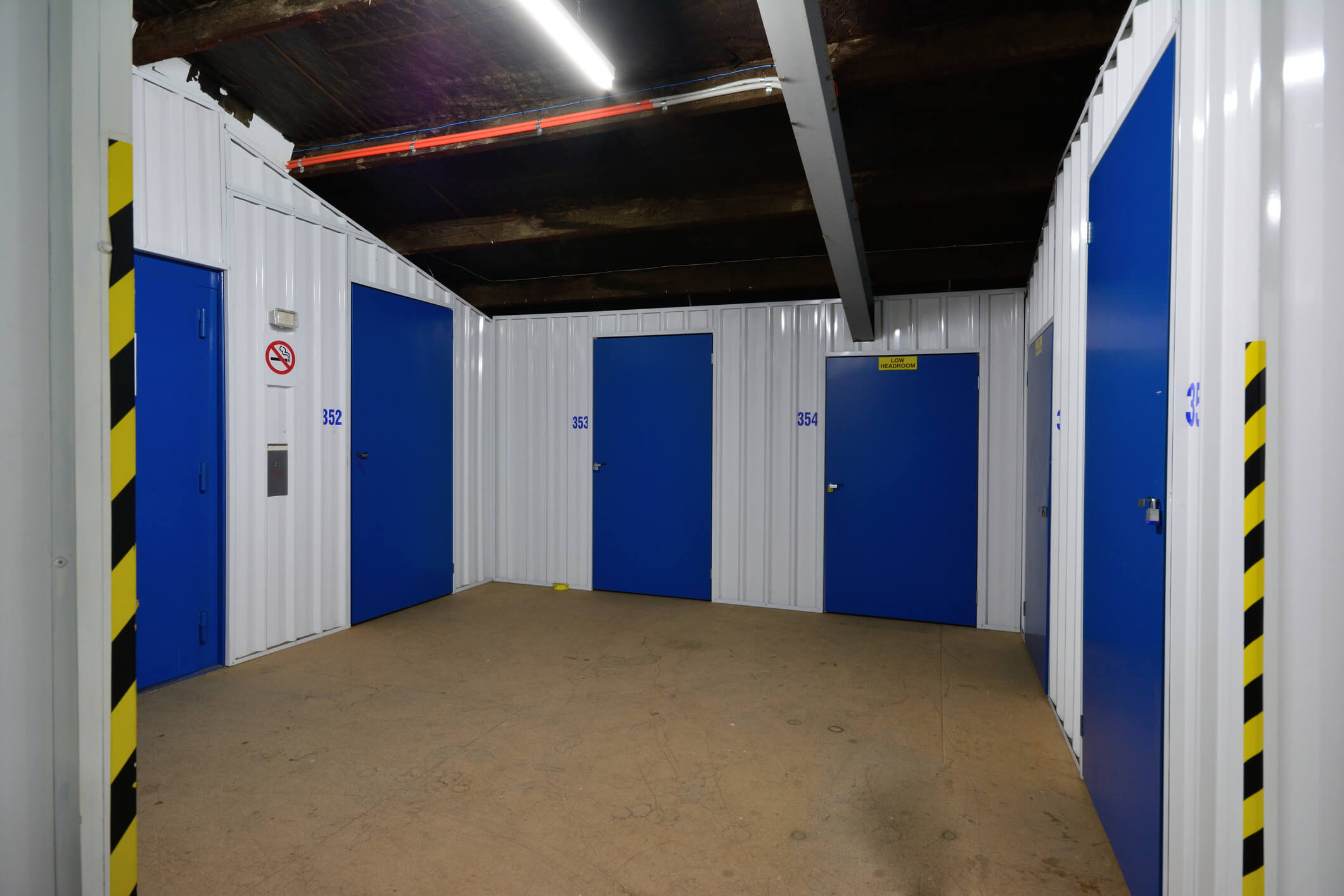Running a storage facility business involves significant operational risks that could force temporary closure or s…
Storage Facility Security Insurance: Comprehensive Protection for Self-Storage and Warehouse Operations
Storage facilities face unique security challenges that require specialized insurance protection. Whether you operate self-storage units, commercial warehouses, or document storage facilities, comprehensive security insurance is essential for protecting your business against theft, vandalism, liability claims, and operational disruptions. This guide explores the critical insurance coverage needed to safeguard storage facility operations and maintain customer trust.
Understanding Storage Facility Security Risks
Storage facilities encounter numerous security-related risks that can result in significant financial losses. Theft remains the primary concern, with criminals targeting both individual storage units and facility infrastructure. Break-ins can occur through compromised perimeter security, damaged access controls, or sophisticated criminal operations targeting high-value stored items.
Vandalism poses another serious threat, potentially damaging facility property, storage units, and customer belongings. Security system failures can leave facilities vulnerable, while inadequate lighting or surveillance coverage creates opportunities for criminal activity. Employee theft, though less common, can result in substantial losses and damage to business reputation.
Liability risks arise when customers suffer losses due to inadequate security measures. Storage facility operators may face legal action if security breaches result in customer property theft or damage. Additionally, personal injury claims can occur if poor security leads to unsafe conditions on the premises.
Essential Security Insurance Coverage Components
Property Protection Coverage
This fundamental coverage protects the physical facility, including buildings, security equipment, and infrastructure. Coverage extends to security cameras, access control systems, lighting, fencing, and alarm systems. When security equipment is damaged or destroyed, this coverage ensures rapid replacement to maintain facility protection.
Building coverage includes repair costs for damage caused by break-ins, vandalism, or security-related incidents. This protection is crucial for maintaining facility integrity and customer confidence in your security measures.
Theft and Burglary Coverage
Comprehensive theft coverage protects against losses from criminal activity targeting the facility. This includes theft of facility equipment, office contents, and any facility-owned property. Some policies extend coverage to customer belongings under specific circumstances, though this varies significantly between insurers.
Coverage typically includes forced entry damage, with protection for doors, windows, locks, and security barriers damaged during break-in attempts. This ensures facilities can quickly restore security measures after criminal incidents.
Liability Protection
General liability coverage protects against claims arising from inadequate security measures. If customers suffer losses due to security failures, this coverage provides legal defense and settlement funds. Professional liability protection covers claims related to security service failures or negligent security practices.
Premises liability coverage addresses injuries occurring on facility property, including incidents related to poor lighting, inadequate security, or unsafe conditions created by security breaches.
Business Interruption Coverage
When security incidents force facility closure or limit operations, business interruption coverage replaces lost income. This protection is vital when extensive security upgrades or repairs are needed following major incidents.
Coverage includes lost rental income, additional expenses for temporary security measures, and costs associated with customer notification and retention efforts following security breaches.
Cyber Security Protection
Modern storage facilities rely heavily on digital systems for access control, surveillance, and customer management. Cyber security coverage protects against data breaches, system hacking, and digital security failures that could compromise facility operations.
This coverage includes costs for system restoration, customer notification, credit monitoring services, and legal expenses related to data protection violations.
Specialized Coverage Considerations
Climate-Controlled Storage Protection
Facilities offering climate-controlled storage face additional risks when security breaches compromise environmental systems. Specialized coverage addresses losses from temperature and humidity fluctuations caused by security incidents, protecting both facility equipment and customer belongings.
Document Storage Security
Document storage facilities require enhanced coverage for information security breaches. This includes protection against unauthorized access to sensitive documents, data theft, and privacy violations that could result in significant liability claims.
High-Value Storage Coverage
Facilities accepting high-value items like artwork, antiques, or business inventory need enhanced security coverage limits. This protection addresses the increased liability exposure and higher replacement costs associated with premium storage services.
Vehicle Storage Security
Facilities storing vehicles, boats, or recreational equipment face unique security challenges. Specialized coverage addresses theft of stored vehicles, vandalism damage, and liability claims related to inadequate vehicle storage security.
Security System Requirements and Discounts
Insurance providers typically require specific security measures to qualify for coverage or premium discounts. Modern surveillance systems with 24/7 monitoring capabilities often result in significant premium reductions. Access control systems that track entry and exit times provide additional security verification that insurers value.
Perimeter security measures including adequate fencing, lighting, and alarm systems are standard requirements. Many insurers mandate professional security system installation and regular maintenance to ensure optimal protection levels.
Motion detection systems, door and window sensors, and silent alarms provide comprehensive facility monitoring that insurers recognize with favorable pricing. Some providers require redundant security systems to ensure continued protection if primary systems fail.
Risk Assessment and Prevention Strategies
Effective security insurance requires comprehensive risk assessment to identify facility vulnerabilities. Professional security audits help determine appropriate coverage levels and identify areas needing enhanced protection.
Regular security system testing ensures optimal performance and may be required by insurance providers. Documentation of security procedures, incident response protocols, and employee training demonstrates commitment to loss prevention.
Customer education about security procedures and proper storage practices reduces liability exposure. Clear facility rules, security guidelines, and incident reporting procedures help maintain secure operations.
Claims Management and Response Procedures
When security incidents occur, prompt response is crucial for minimizing losses and maintaining insurance coverage. Immediate notification to law enforcement and insurance providers ensures proper documentation and investigation procedures.
Detailed incident documentation including security footage, witness statements, and damage assessments supports efficient claims processing. Coordination with security system providers and law enforcement helps establish incident timelines and circumstances.
Temporary security measures may be necessary while permanent repairs are completed. Many insurance policies cover these additional expenses as part of claims settlements.
Industry-Specific Considerations
Self-Storage Facilities
Self-storage operations face unique challenges with multiple individual units and diverse customer needs. Insurance coverage must address the complexity of protecting numerous separate storage spaces while maintaining cost-effective operations.
Commercial Warehousing
Large-scale warehouse operations require comprehensive coverage for high-value inventory and sophisticated security systems. Coverage limits must reflect the substantial values at risk in commercial storage operations.
Specialty Storage Services
Facilities offering specialized storage services like wine storage, art storage, or pharmaceutical storage need enhanced coverage reflecting the unique risks and higher values associated with these services.
Regulatory Compliance and Legal Requirements
Storage facility security insurance must comply with local regulations and industry standards. Some jurisdictions require minimum insurance coverage levels or specific security measures for facility licensing.
Data protection regulations may mandate specific cyber security coverage levels, particularly for facilities storing business documents or sensitive information. Compliance with these requirements is essential for maintaining operating licenses and avoiding regulatory penalties.
Cost Factors and Premium Considerations
Insurance premiums vary significantly based on facility size, location, security measures, and coverage limits. Urban facilities typically face higher premiums due to increased crime risks, while rural locations may benefit from lower rates.
Security system quality and maintenance directly impact premium costs. Facilities with comprehensive, well-maintained security systems often qualify for substantial discounts compared to those with basic protection measures.
Claims history significantly affects premium pricing. Facilities with frequent security incidents face higher costs, while those with strong loss prevention records benefit from favorable pricing.
Choosing the Right Insurance Provider
Selecting appropriate storage facility security insurance requires careful evaluation of provider expertise and coverage options. Insurers specializing in commercial property and storage facility risks often provide more comprehensive coverage and better claims service.
Provider financial stability ensures claims payment ability during major losses. Rating agency assessments help evaluate insurer financial strength and reliability.
Claims service quality varies significantly between providers. Research provider claims handling procedures, response times, and customer satisfaction ratings before making coverage decisions.
Policy Review and Updates
Regular policy reviews ensure coverage remains adequate as facility operations evolve. Expansion of services, facility modifications, or changes in stored item values may require coverage adjustments.
Annual security assessments help identify new risks and coverage needs. Market changes in security technology or insurance products may present opportunities for enhanced protection or cost savings.
Conclusion
Storage facility security insurance provides essential protection against the diverse risks facing modern storage operations. Comprehensive coverage addressing property protection, liability exposure, business interruption, and cyber security ensures facilities can maintain operations and customer trust despite security challenges.
Working with experienced insurance professionals who understand storage facility risks helps ensure appropriate coverage selection and optimal protection levels. Regular policy reviews and proactive risk management strategies maximize insurance value while minimizing exposure to security-related losses.
Investing in comprehensive security insurance demonstrates commitment to customer protection and business continuity. This investment pays dividends through reduced losses, maintained customer confidence, and sustainable business operations in an increasingly complex security environment.
Frequently Asked Questions
What types of storage facilities need security insurance?
All storage facilities benefit from security insurance, including self-storage units, commercial warehouses, document storage facilities, vehicle storage, and specialty storage operations. Coverage needs vary based on facility type and stored item values.
How do security systems affect insurance premiums?
Modern security systems typically reduce insurance premiums through risk reduction. Surveillance cameras, access controls, alarms, and monitoring services demonstrate commitment to loss prevention that insurers reward with lower rates.
Does security insurance cover customer belongings?
Coverage for customer belongings varies by policy and provider. Most policies focus on facility property and liability protection, with limited coverage for customer items. Customers typically need separate insurance for their stored belongings.
What security measures do insurers require?
Common requirements include adequate lighting, perimeter fencing, access control systems, surveillance cameras, and alarm systems. Specific requirements vary by insurer and facility type.
How quickly must security incidents be reported?
Most policies require immediate notification of security incidents, typically within 24-48 hours. Prompt reporting ensures proper investigation and claims processing.
Can facilities with previous security incidents obtain coverage?
Yes, though previous incidents may affect premium costs and coverage terms. Demonstrating improved security measures and loss prevention efforts helps obtain favorable coverage terms.
What's the difference between security insurance and general liability?
Security insurance focuses specifically on theft, vandalism, and security-related risks, while general liability covers broader premises liability exposures. Comprehensive protection typically requires both coverage types.
How are coverage limits determined?
Coverage limits should reflect facility replacement costs, potential liability exposure, and business interruption risks. Professional assessment helps determine appropriate limits for specific operations.


 0330 127 2333
0330 127 2333

